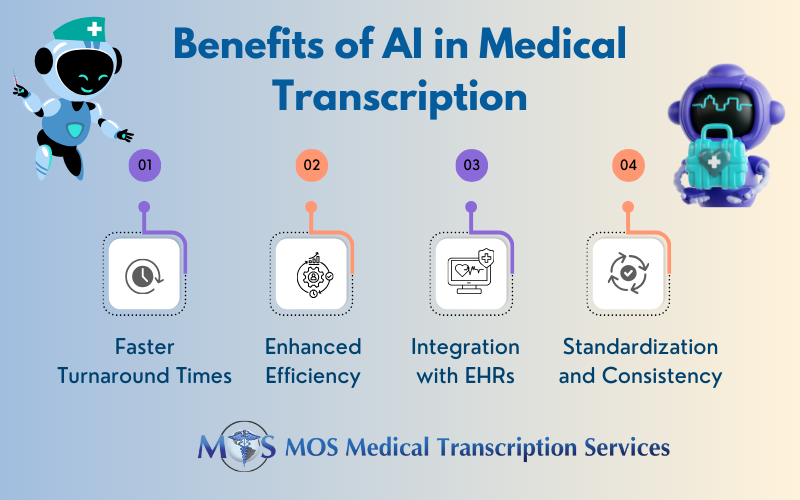Yes, there is. Workload is more for healthcare providers, mainly in primary care. These primary care doctors often spend 11 to 18 hours a day providing preventive and chronic care. AMA Insurance has reported that most physicians work between 40 and 60 hours per week and nearly one-quarter of physicians work between 61 and 80 hours per week. For every hour physicians spend with patients, they have to spend one to two hours updating the electronic health record. EHR documentation is another time-consuming task that physicians should focus on along with providing quality patient care. Outsourcing medical transcription can reduce the documentation workload to a great extent for physicians. A large proportion of medical errors are caused by physicians’ excessive workloads.

Physicians Suffer Decision fatigue, Finds JAMA Study
One important consequence of excessive workload is decision fatigue, which refers to the decline in decision quality due to an increased number of patients and treatment decisions. With excessive workloads, physicians will be forced to make more medical decisions.
According to a recent JAMA study, doctors ordered fewer breast and colon cancer screenings for patients later in the day, compared to first thing in the morning. This study was approved by the University of Pennsylvania researchers. It has been highlighted that
- patients seen earlier in the day were more likely to have their doctors order cancer screening tests
- ordering rates were highest for patients with appointments around 8 a.m.
- but, by the end of the afternoon, the rates were 10 percent to 15 percent lower
Clinician ordering of cancer screening tests significantly decreased as the clinic day progressed. Decision fatigue is reported to be the key reason for this decreased rate of ordering tests. The researchers also acknowledged that the decline could also stem from doctors running behind on their appointments. As each shift progresses, clinicians may fall behind schedule, leading to shorter interactions with the patient at the end of the morning and afternoon shifts.
The first of its kind, this study also demonstrates that primary care clinic appointment time is associated with both ordering and completion of screening for breast and colorectal cancer.
The University of Pennsylvania researchers in their study has discussed an example that if at 8 a.m., 64% of women eligible for breast cancer screening left their appointments with an order for a mammogram, this declined to 48% by 5 p.m. A 2014 report highlights that as the day moves on doctors are increasingly more likely to prescribe antibiotics even when they are not indicated. The number of prescriptions also increased with time.
Physicians devote more time on EHR tasks
Several reports highlight the fact that electronic health records (EHRs) is a leading driver of physician burnout as doctors spend more than half of their workdays on the keyboard. A 2016 report published in Annals of Internal Medicine provides details about how physician time is allocated in ambulatory care. This study based on observation of 57 U.S. physicians in family medicine, internal medicine, cardiology and orthopedics for 430 hours points out that during the office day physicians spent
- 0% of their total time on direct clinical face time with patients
- 2% of their time on EHR and desk work
While in the examination room with patients, physicians spent
- 9% of the time on direct clinical face time and
- 0% on EHR and desk work
The study concluded that for every hour physicians provide direct clinical face time to patients, nearly 2 additional hours are spent on EHR and desk work in the office. Even outside office hours, they spend another 1 to 2 hours of personal time doing additional computer and other clerical work.
It is critical for physicians to find some innovative ways to stop spending too much time on EHR. Consider choosing a professional medical transcription services company that can provide EHR-integrated services.
In our next blog, we’ll discuss useful tips for a successful doctor appointment.


